An international airport in Japan is making headlines across the world. This is because the airport is slowly sinking beneath the eastern part of the Seto Inland Sea.
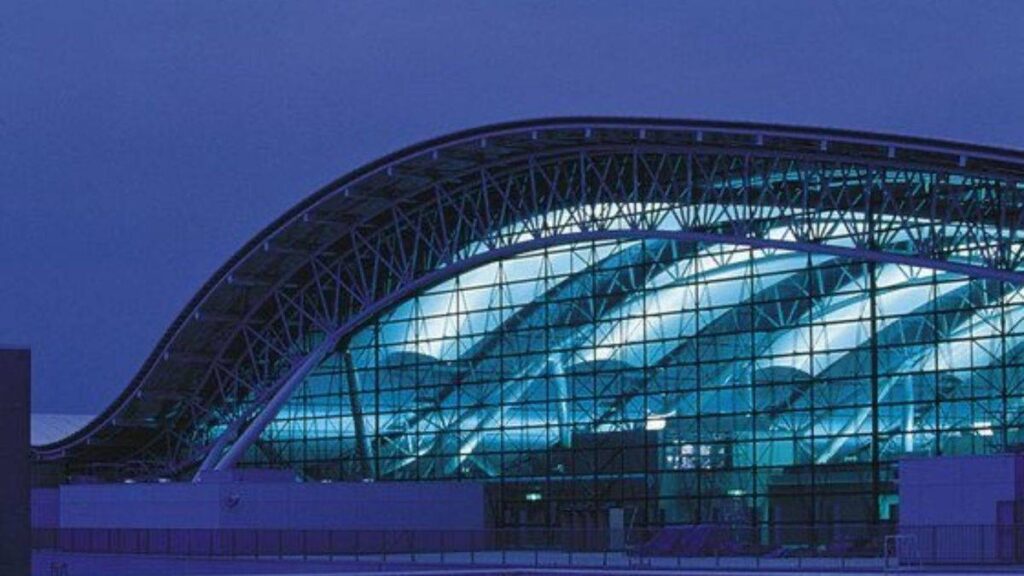
Kansai International Airport in Osaka opens Japan’s second-largest city to the rest of the world. Over thirty years ago, the airport was built on top of the water as an architectural feat. Unfortunately, it has sunk up to 38 feet since then. According to experts, many parts of the airport could be fully submerged by 2056.
Kansai Airport Needed an Upgrade
In the 1980s, visionary Japanese politicians and businesspeople thought the airport in Kansai deserved an upgrade. The smaller airport at the time was too small to handle the traffic from major cities like Osaka ,Kyoto, and other parts of the world.
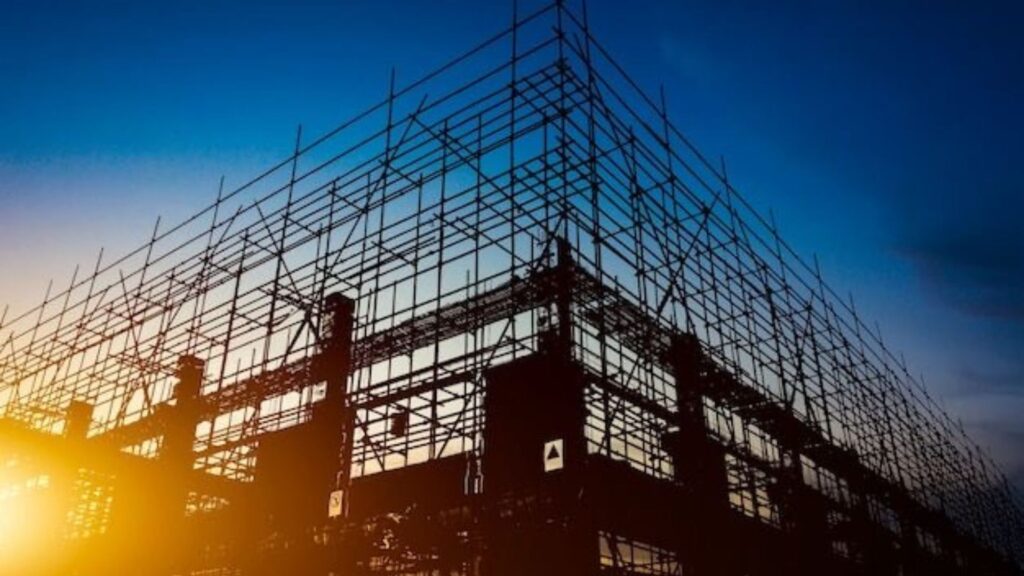
Experts believed that the airport’s size significantly affected the region’s economy. However, even when the government decided a new airport would be built, the local Kansai airport didn’t have enough space for an extension.
A Floating Airport
So, to tackle the lack of space for an extension, engineers and other top government officials decided that the new airport should be on two artificial islands in the heart of Osaka Bay.
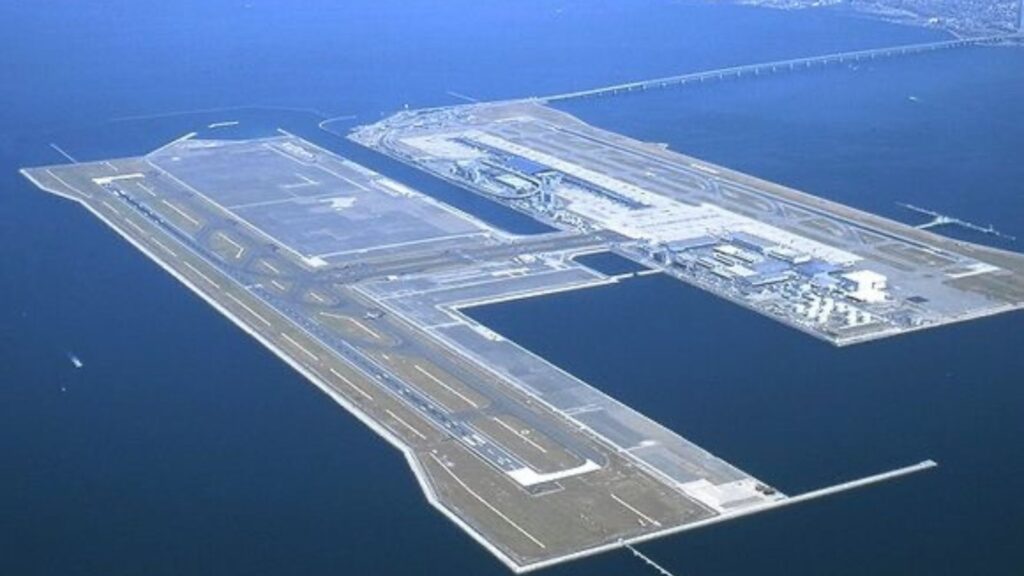
The construction work officially began in 1987. Work lasted for seven years, costing the government $19 billion. The new Kansai airport was officially opened to operate in 1994.
ALSO READ: Police Dog Unearths 4 Mummified Monkeys at Boston’s Logan Airport
Natural Disasters Have Affected The Airport
In no time, the airport welcomed several top airlines, including Japan Airlines, ALl Nippon, and Nippon Cargo. The traffic generated from the airlines boosted the region’s economy.
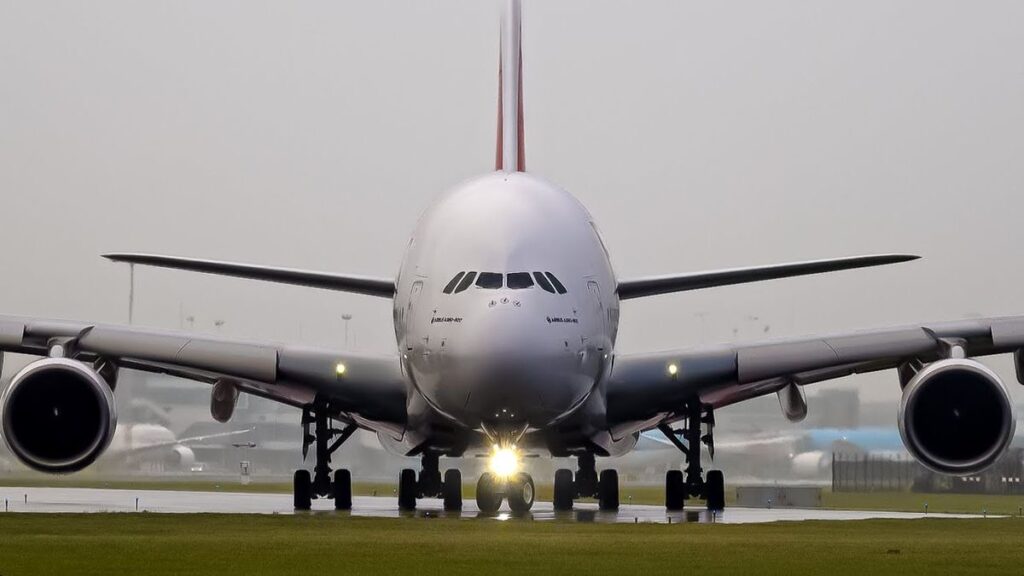
Unfortunately, while the airport was good for Osaka, the harsh Japanese weather wasn’t friendly to the airport. Several natural disasters plagued it. A year after it opened, the Great Hanshin Earthquake damaged parts of the airport. Also, in 2018, the runways were flooded by seawater following a typhoon.
Japan Experiences Natural Disasters
Japan is one of the most affected countries in the world regarding natural disasters. The country’s geographical location makes it susceptible to earthquakes, tsunamis, volcanic eruptions, landslides, and floods.

It is quite a normal experience to have the usual daily routine in Japan interrupted by violent or mild natural disasters. Although people living in the region have grown accustomed to the frequency of the disasters, they still cause a lot of damage.
Earthquakes Are Common in Japan
Earthquakes occur frequently in Japan, and a lot of them are very powerful. This is partly because the country sits on moving tectonic plates. These two plates are large continental plates that collide constantly.
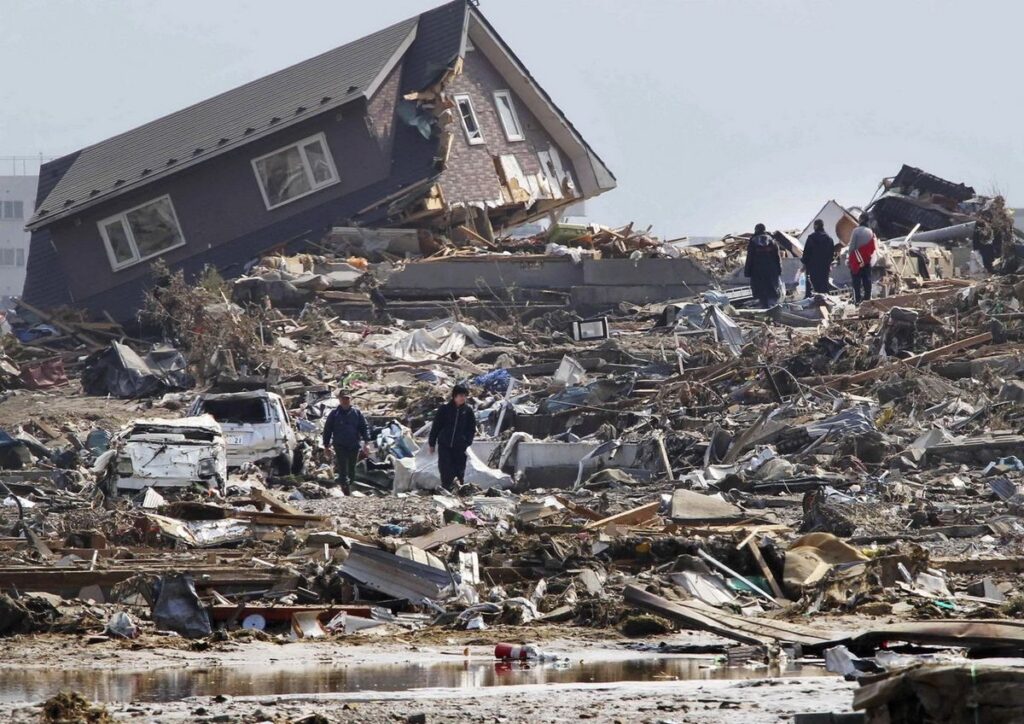
According to statistics, there are about 1,500 earthquakes in Japan annually. This means that there’s an average of about four earthquakes per day.
Japanese Typhoons and Tsunamis
Also, various types of storms in Japan change with the season. However, one of the most powerful and destructive storms in Japan is a typhoon.
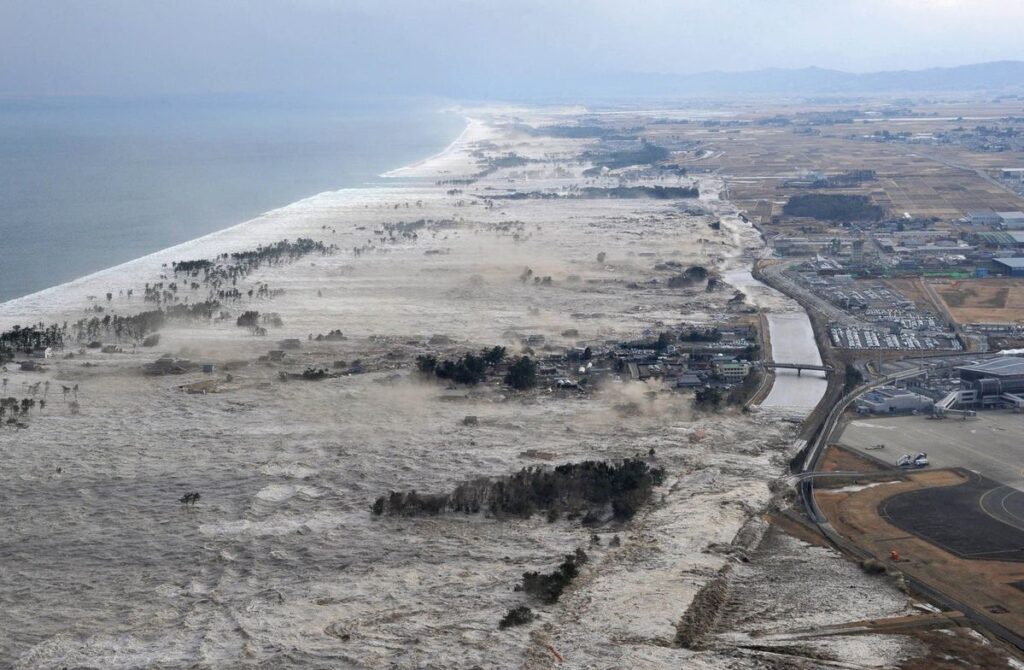
Typhoons are tropical storms that affect Japan mostly between August and October. The country experiences heavy rainfall and strong winds. Typhoons in Japan significantly damage private and public infrastructure and homes, injuring hundreds of residents each year.
The Ring of Fire
Furthermore, the region Japan is located in is often called the “Ring of Fire.” This is because the area is a ring of volcanic activity along the Pacific Ocean. The Ring of Fire has a record-high concentration of volcanic activities. This is because of the tectonic activity in the region.

According to experts, Japan’s active volcanoes may remain active indefinitely, with large eruptions about three decades apart. Japan has more than 100 active volcanoes near its major land mass.
POLL—Is Climate Change a Major Threat That Requires Immediate Policy Action?
Landslides in Japan
Landslides are another dangerous natural disaster that frequently occurs in Japan. Unfortunately, these landslides can be fatal in Japan’s mountainous areas when there’s heavy rainfall and earthquakes.

Earthquakes can trigger landslides to destroy buildings and city streets. These landslides block roadways and make it difficult for residents to access drinking water.
Kansai International Airport is Sinking
Thanks to the excellent job of constructing the Kansai International Airport, it has survived several natural disasters. However, airport officials are now faced with the disturbing possibility that the airport could completely sink into the sea.
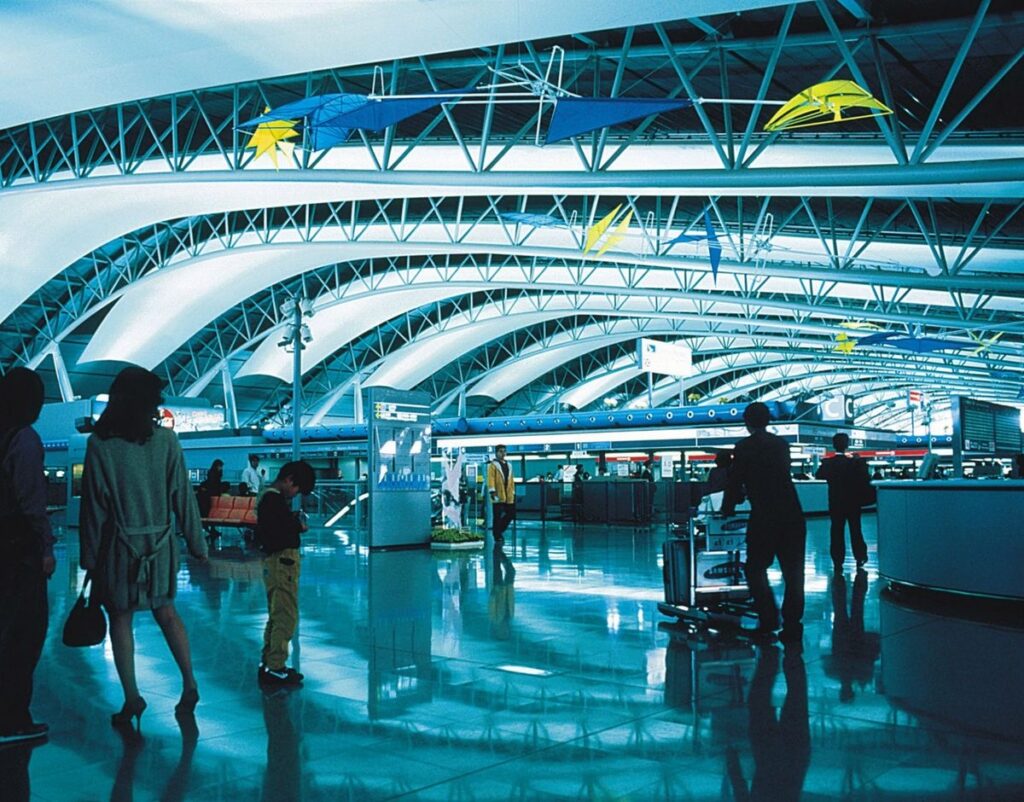
Engineers predict that Kansai International Airport will sink over five decades but will stabilize when it reaches 13 feet above the level of the Seto Inland Sea. If the airport sank any further, it would be catastrophic. Its surrounding sea wall would be unable to keep back the powerful waves, and the airport would slowly disappear under the ocean.
ALSO READ: San Diego Airport Overrun as Over 300 Migrants Move in
Other Areas of Japan are Sinking
Also, it isn’t only the airport that is sinking. Other parts of Japan are at risk of sinking because of the natural elements and climate of the country. For example, parts of Tokyo are sinking because of compacting soil and intense weather conditions.
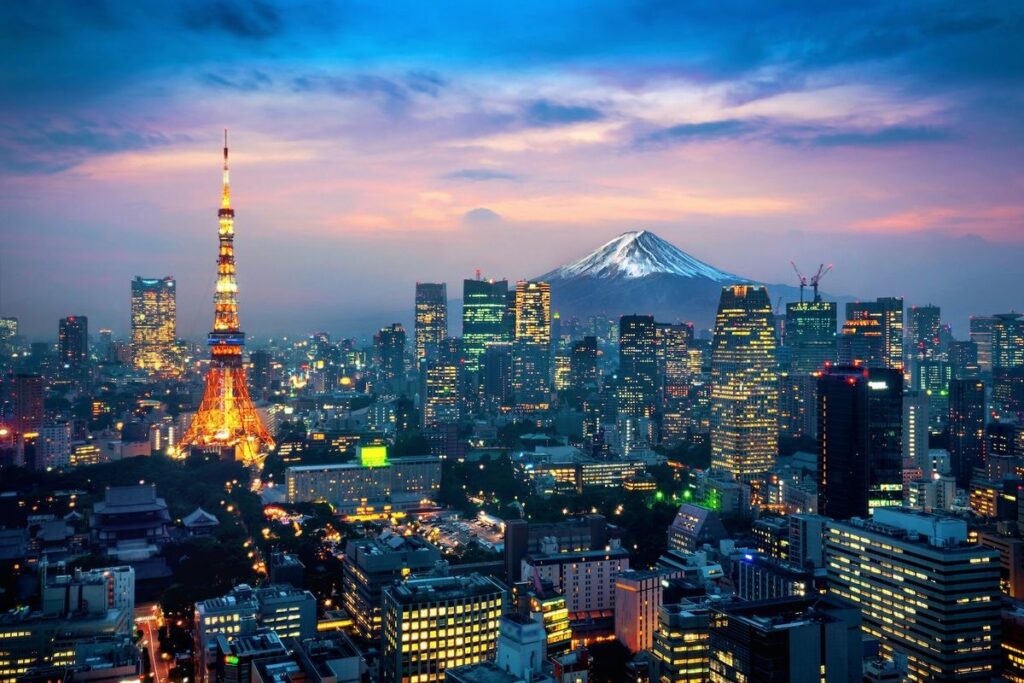
Since Kansai International Airport started to operate in the 80s, its artificial islands have sunk up to 38 feet. So far, experts believe that it will continue indefinitely. One of the solutions suggested to prevent further sinking was to raise the perimeter sea wall higher. This would cost over $120 million. Experts don’t think this would fully protect the airport.
Seawalls Can’t Stop The Sinking
Although seawalls are excellent for preventing flooding and stopping tsunamis, they can’t stop sinking. This is because their main purpose is to delay advancing water. So, seawalls will simply give people more time to evacuate to safer places.
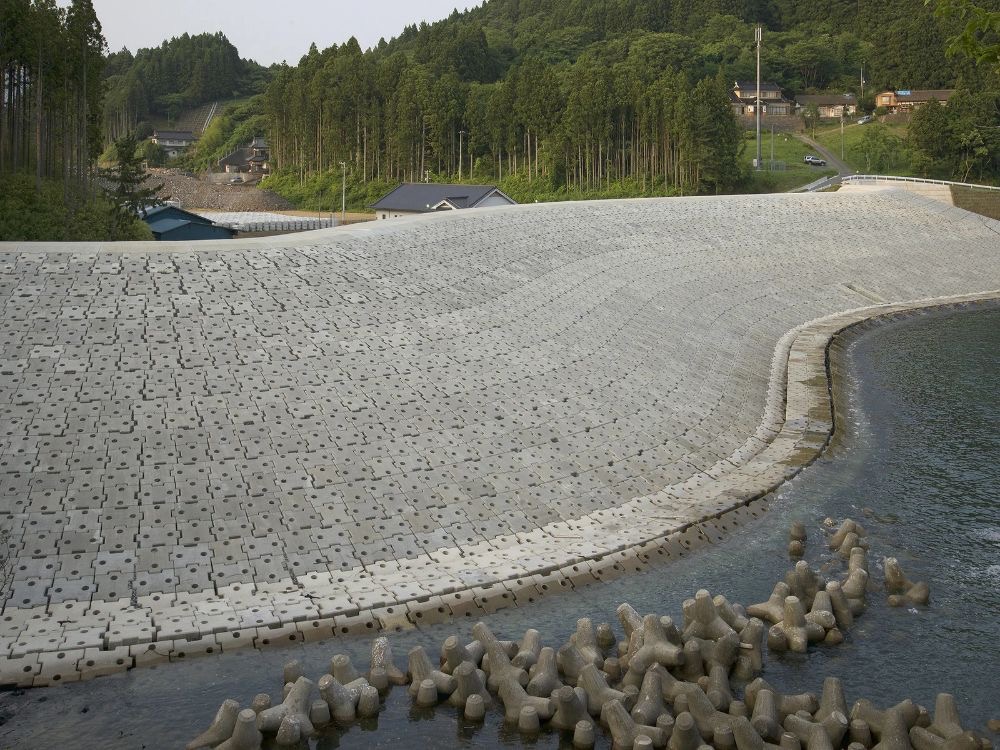
Seawalls can also reduce the level of damage to infrastructure by sudden or intense water flow. The seawalls in Japan are sturdy and reliable because the country has experience dealing with weather events.
You Might Also Like:
Native Americans Criticize Woke Efforts By Kansas City Chiefs, Boy Scouts to Erase Heritage
Another State Has Voted in Favor of Right-to-Repair
Witness Blows Case Apart as Her Statement Contradicts DA’s Relationship Claims
Charlamagne tha God Blasts Biden Presidency, Says He Is “Uninspiring”
Meta CEO Mark Zuckerberg Claims His Daughter Thought He Was a Cattle Rancher
